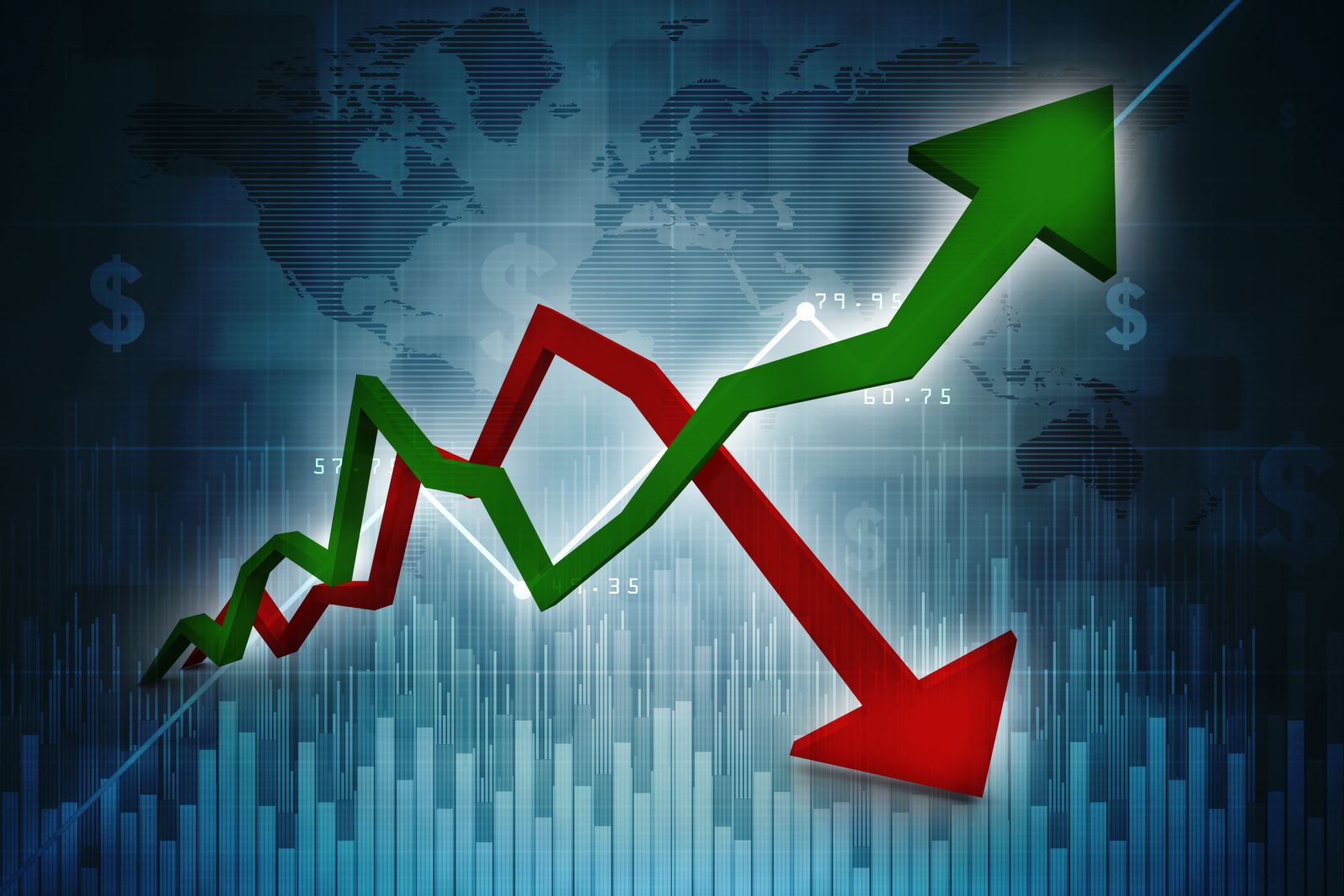
Worried about the ups and downs of the stock market so far in 2025? If so, you’re not alone. Not since 2008/2009 can I recall daily moves approaching or exceeding 10% on any of the major indexes. Personally, I am not overly concerned as I’ve been trading stocks and options since 1999 - and have seen enough bear markets and corrections to sleep well enough knowing that yes, this too shall pass. If anything, the recent volatility is shaping up to be more of a buying opportunity than anything else. But what should we buy?
While I love (and own) tech, there’s something to be said about reliable income stocks. The boring names that provide increases each and every year, making it far easier to prevent myself from hitting the sell button. One group that I love to write about is the Dividend Kings: companies that have increased their dividends for at least each of the last 50 consecutive years. Unlike the Dividend Aristocrats, Kings don’t need to be listed on the S&P 500 index.
Moreover, with talks of a potential recession in the news, I want to avoid another Walgreens moment where this Dividend King cuts its dividend, ending what would have been a 47-year streak of increases.
So today, I’m going to cover three Dividend Kings that have the potential to seriously increase their dividend payouts over the long term, while having a greater chance of ducking a recession.
How I Came Up With Today’s List Of Dividend Kings:
- Annual Dividend Yield: I left this empty so I could sort by this value later.
- Dividend Payout Ratio: I set this to less than 60%. The payout ratio indicates how much of a company’s net income goes toward dividends, and 60% is the typical limit of what's considered healthy.
- Current Analyst Ratings: 4 (Moderate Buy) to 5 (Strong Buy). To get companies with positive consensus only.
- Market Sectors: I picked Consumer Staples, Medical, and Utilities. These are defensive sectors, and tend to remain a little more stable than others during economic downturns.
- Watchlists: Kings. I maintain several watchlists on Barchart, but I’ll limit my search to Dividend Kings for this analysis.
After hitting “SEE RESULTS”, I was left with 6 Dividend Kings. For this article, I only need the top 3, so I sorted the list from HIGHEST to LOWEST dividend yields.
From there, I came up with 3 stocks that are historically resilient to recessions: SJW Corp, Sysco Corp, and Procter and Gamble Company.
SJW Corp (SJW)
The first Dividend King on the list is a utility company, SJW Corp. The company delivers essential services through its subsidiaries: San Jose Water Company in California, SJWNE LLC, and SJWTX Holdings. SJW has also expanded its business into real estate through SJW Land Company and Chester Realty.
SJW's Q4’2024 financials reported revenue increasing 15.4% YOY to $197.82 million, while its bottom line jumped by 28% to $23.53 million, which translated to an EPS of $0.68 (up from $0.59 in the same year-ago quarter).
SJW’s dividend is attractive for dividend growth investors. Its forward annual payout is $1.68 per share ($0.42 per quarter), roughly translating to a competitive ~3.14% dividend yield. The company’s dividend payout ratio is also healthy at 54.09%, which means it’s likely sustainable for the long term.
Wall Street's sentiment toward the company is also positive, with a “moderate buy” consensus rating among analysts (4.20 out of 5) and approximately 23% upside potential from its current levels.
Sysco Corp (SYY)
The next Dividend King is a consumer staple dominating the institutional food service environment: Sysco Corporation. Today, the company owns 340 distribution centers, producing a wide array of products, including premium steaks and exotic imports, and delivers its products to commercial kitchens worldwide. The company also supports multiple segments of the hospitality industry with its specialized divisions: SYGMA and Guest Worldwide.
Sysco's Q2'25 financials reported revenue increasing 4.5% to $20.2 billion, but its net income declined 2.2% to $406 million. That said, its quarterly EPS held steady at $0.82, easily covering the $0.51 quarterly dividend, which translates to a yield of ~2.9% at today's stock price. Speaking of which, Sysco pays out 45.9% of its net income toward dividends, which means it has a lot of room to grow it.
Wall Street analysts share my sentiments toward Sysco. SYY stock has a consensus moderate buy rating (4.29 out of 5) with a high price target of $92 - which represents a 30% upside potential from the stock's current trading levels.
Procter & Gamble Company (PG)
The last Dividend King is also a consumer staple, Procter & Gamble. This giant operates 5 business segments: beauty products, shaving essentials, health solutions, laundry innovations, and family care necessities. P&G products are found in 180 countries worldwide, connecting with consumers through the local retail channels.
The company’s Q2’25 financials are rather impressive. Revenue was up 2% YOY to $21.88 billion. More notably, its diluted EPS surged 34% to $1.88 (up from $1.40 in the year-ago quarter).
P&G has always been a reliable income generator as well. Its forward dividend is approximately $4.23 ($1.0568 per quarter) which represents an approximate ~2.53% dividend yield of the stock’s current trading price. And with a 56.15% dividend payout ratio, there is room for this dividend to increase.
Wall Street sentiment towards P&G is as expected, positive, with a consensus “moderate buy” rating among 26 analysts. The stock also has a high target of $200, representing a ~20% upside potential from current trading levels.
Final Thoughts
Without a doubt, SJW, Sysco, and Procter & Gamble are solid defensive options for income investors. Moreover, they have positive consensus and strong positions in essentially recession-resistant sectors. That said, it’s always a good idea to review your income strategy from multiple angles - looking at earnings quality, debt levels, long-term risks, and future investments before putting money on the line - because if 2025 is to repeat itself, anything can happen.







